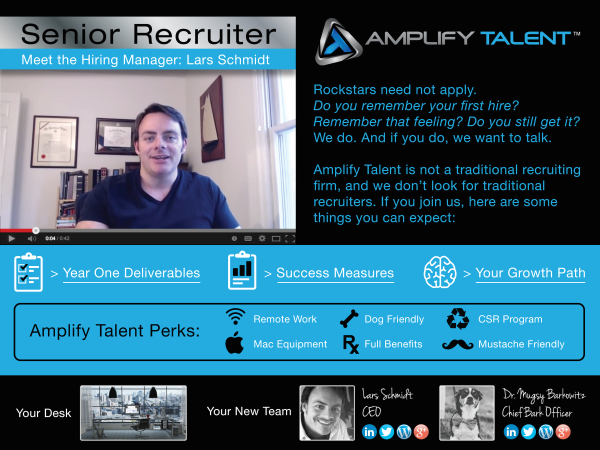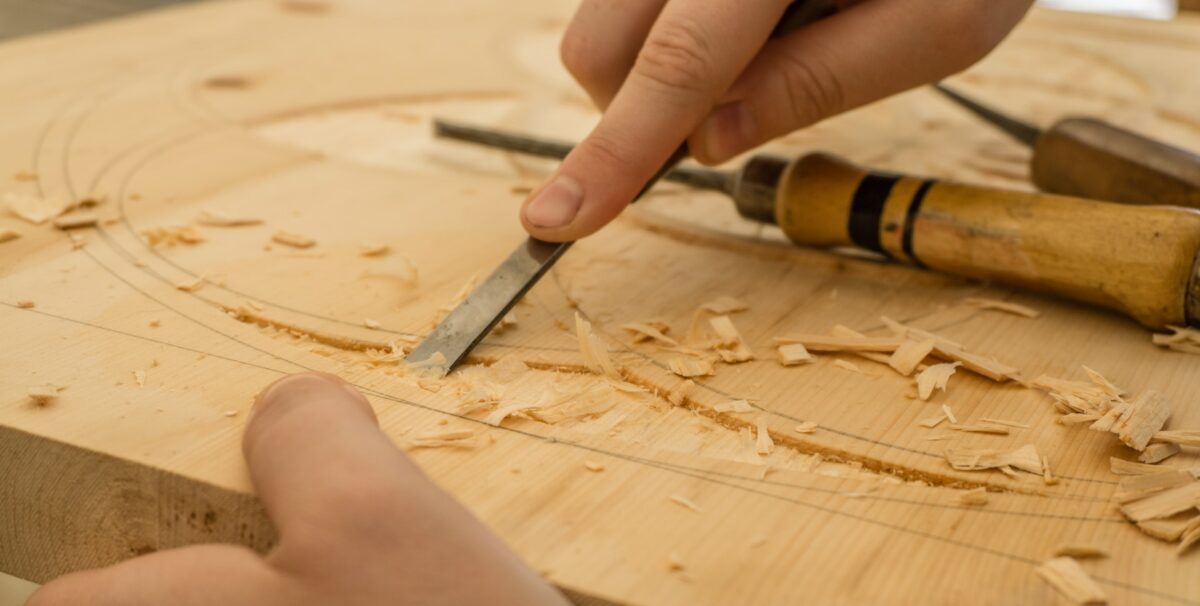A Case For Reinventing Job Descriptions

I recently had an opportunity to speak at Glassdoor’s inaugural Employer Branding Summit. I made the case that corporate recruiting is still rooted in dated practices, and explored what recruiting might look like if it was built from the ground up today.
One of the points we discussed was job descriptions, and the fact that they’re one of the least evolved tools in our corporate recruiting tool belt.
Get down the basics and start writing a unique job description with a sample job description, ready to post a job advert.
We’ve stuck to the script for years. Laundry list of vague responsibilities? Check. Unrealistic qualifications? Check. Compliance-driven language? Check. We’re not touching on many things that matter in today’s market. We can do better.
Job descriptions tend to be written for the benefit of the employer, not the employee.
When we write for compliance or legacy, we fail to give prospects a true sense of what our organisations are like – our company culture, our teams, our perks, physical office space. We try to convey the soul of our organization in text alone. We’ve become over-reliant on our career sites as the place to share images, video, and our people.
Read: Why Should SMEs Build An Employer Brand.
Today’s prospects are busier (and more distracted) than ever. We have a limited window to get their attention, particularly for high-demand talent. A boilerplate JD won’t do it.
What if job descriptions looked more like this?
Candidates don’t want to rely upon boilerplate JD’s to give them a sense of whether they should explore your jobs. They want to know about things like specific deliverables, success measures, growth plans, and perks. They want to know what their desk might look like, what tools they might use, and what their colleagues are like.
Why don’t we consider things like…
- Include a 30 second video from the hiring manger about why you might want to work in this role
- Share stories of past employees in similar roles and their career growth
- Include LinkedIn/social profiles of the team – read Job Advertising On Social Media
- Embed photos or videos of the office
- Include infographics and other visual mediums to convey the opportunity
- Make job descriptions text more dynamic by including hyperlinks to more content (press, awards, employee blogs, multimedia, company social links, etc.) – read How To Write A Job Description
What are the keys to a great job description in your mind? Do you have any examples of other companies getting job descriptions right? I’d love to hear them. Leave a comment and let’s start taking steps to give prospects something better.
Image Source: Amplify Talent




